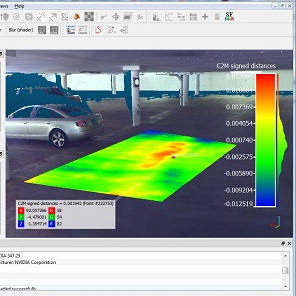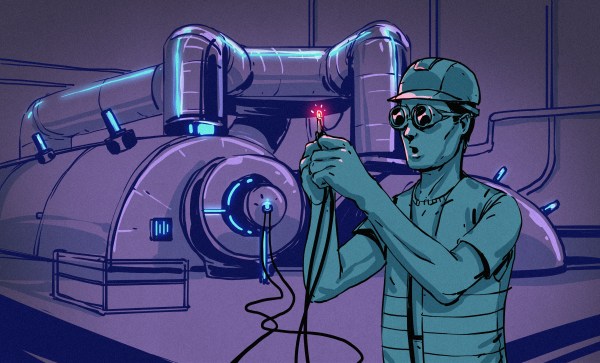Although now mostly known as a company who cornered the market on graphing calculators while only updating them once a decade or so, there was a time when Texas Instruments was a major force in the computing world. In the late 70s and early 80s they released a line of computers called the TI-99 to compete (unsuccessfully) with various offerings from Commodore, and these machines were fairly robust for the time. They did have limited memory but offered a 16-bit CPU and plenty of peripherals, and now there’s even a UNIX-like OS that they can run.
This version of UNIX is called UNIX99 and is the brainchild of AtariAge forum member [mrvan] who originally wasn’t looking to develop a full operating system for this computer but rather a set of standard C libraries to help with other projects. Apparently the step from that to a UNIX-flavored OS wasn’t too big so this project was born. While the operating system doesn’t have a UNIX certification, it has most of the tools any of us would recognize on similar machines. The OS has support for most of the TI-99 hardware, file management, a basic user account system, and a command shell through which scripts can be written and executed.
That being said, the limitations of the hardware do come through in the operating system. There’s no multitasking, for example, and the small amount of memory is a major hurdle as well. But that’s what makes this project all the more impressive, and [mrvan] isn’t stopping here. He’s working on a few other improvements to this platform, and we look forward to seeing future releases. UNIX itself is extremely influential in the computing world, and has been used a the model for other homebrew UNIX-like operating systems on similar platforms of this era such as the Z80.
Thanks to [Stephen] for the tip!


















